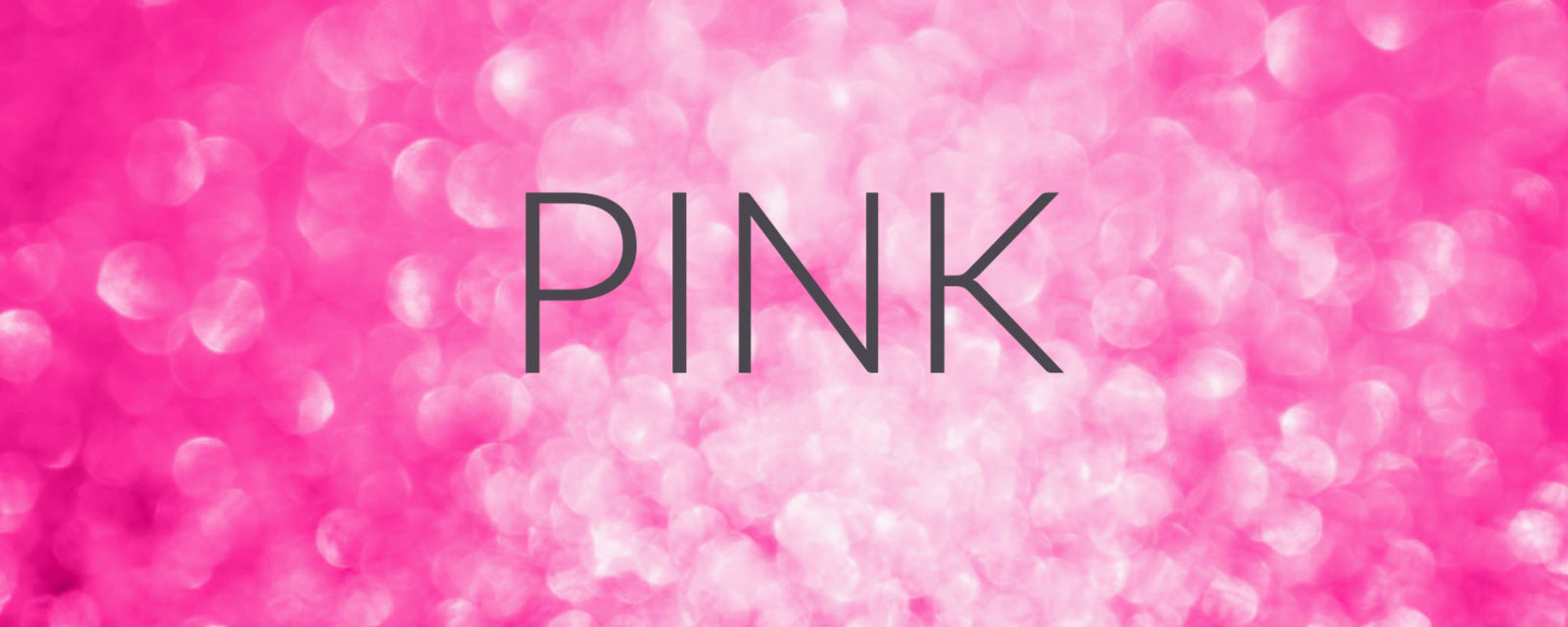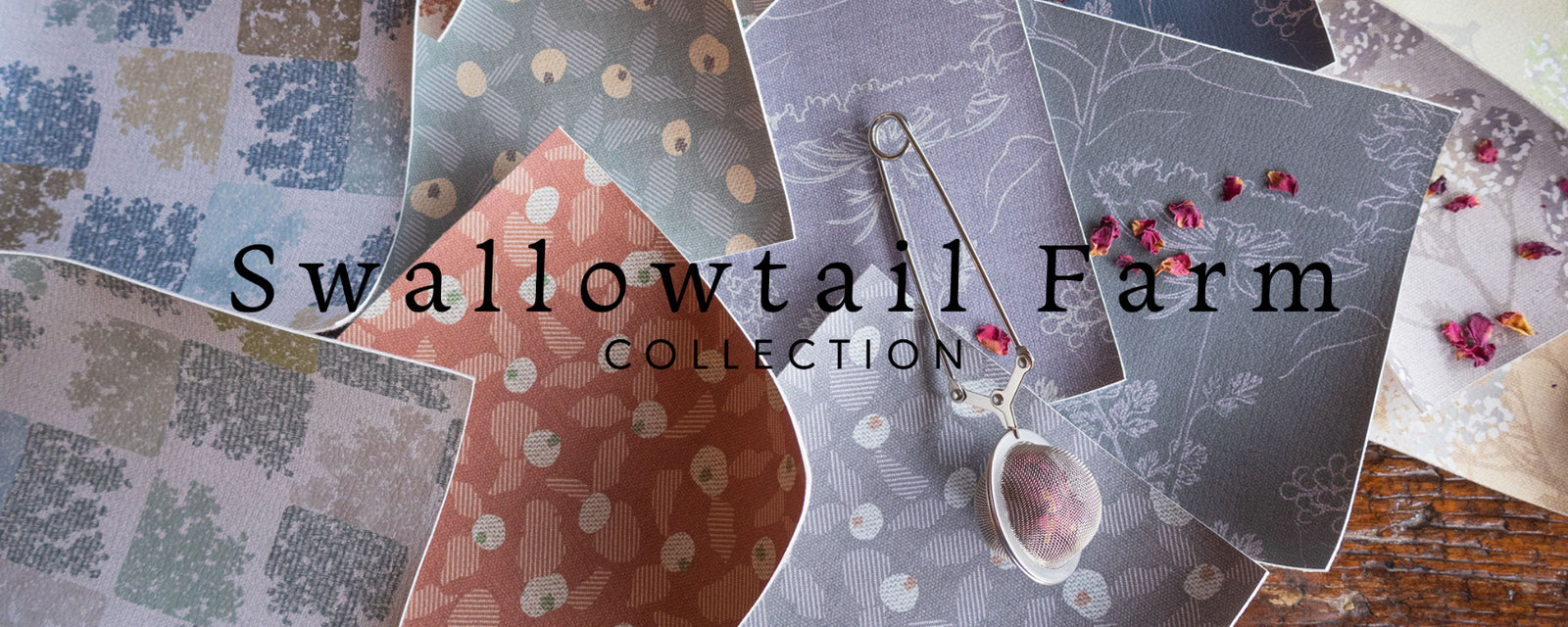Mind, Mood, Mentality: PINK
Pink soothes the savage beast. At least that is the theory behind “Drunk Tank Pink”, a remarkable experiment with color as mood influencer. The first application was in 1979 when Alexander Schauss convinced the Seattle Naval correctional institute to slather a particular shade of bubblegum pink (aka Baker-Miller Pink, aka P-618) on the bars, walls, floor, and ceiling of several prison cells in the belief that it would pacify violent inmates. The Navy reported reduced aggressive behavior after only 15 minutes of exposure. This shade of pink has since been used in a Swiss prison and some US “drunk tanks”, as well as by one diabolical Iowa football coach who had the opposing team’s locker room painted pink to put them in a passive mood.
FURTHER STUDIES IN PINK
But does pink really calm the mind? Although Kendall Jenner claims her Baker-Miller Pink room relaxes her brain AND suppresses her appetite, the scientific evidence is weak. The original study and the others since then contained flaws such as uncontrolled variables, unspecific methods of analysis, and questionable data recording. A more recent study by Gilliam & Unruh titled, The Effects of Baker-Miller Pink on Biological, Physical and Congitive Behavior, concluded that “The results of research on the effects of Baker-Miller pink are conflicting and further research is indicated. However, in search of techniques and materials to utilize in the management of disruptive, disturbing, and violent behaviour, professionals should exercise caution in the adoption of methods and materials based upon the earlier reported positive effects of exposure to the Baker-Miller pink colour.”
There have been several other attempts to test the theory and all have come back with contradictory conclusions. Schauss himself repeated his test a few years later at another location with no success. In fact, he noted that some inmates became more violent.
GENDER ISN’T A COLOR
One possible explanation for inmates’ reactions to pink could be found in interviews of the Swiss prisoners who claimed they were humiliated by the little girl color of their cell. The emasculating power of pink was also brought up when former Arizona Sheriff, Joe Arpaio, was accused of forcing inmates to wear pink underwear as a form of punishment. The court noted that the color of the underwear was a sign of the prisoners’ loss of masculinity.
But the idea of pink as feminine is cultural, not biological. The current fashion of pink for girls is a late 20th Century concept. In 1918 The Ladies Home Journal wrote, “the generally accepted rule is pink for the boy and blue for the girl. The reason is that pink being a more decided and stronger color is more suitable for the boy, while blue, which is more delicate and dainty, is prettier for the girl.” It was in the 1950s that the roles switched. There is some speculation the change occurred because the Nazi’s forced gay prisoners to wear pink triangles thus associating the hue with all things feminine and weak.
TIME CHANGES COLOR
The last 100 years upended our view of pink. It became synonymous with femininity and was shoved to the back of the room and buried under patriarchal stereotypes. Human physiology doesn’t change, but our culture evolves: from women’s rights to civil rights, air travel to the Internet. Evolution is why pink is seeing a return to the spotlight. From the iPhone’s rose gold (which accounted for 30-40% of sales), to Pantone naming Rose Quartz it’s 2016 co-color of the year, to the design world’s infatuation with “Millennial Pink”, shades of pink are popping up all around us. Perhaps this trend can be attributed globalization mixing cultures in brand new ways or the legalization of gay marriage opening us to more honest discussions of gender identity and sexuality. Pink may not be able to change our mood…but it can reflect it.
This blog post is written by Luise Stromberg.




